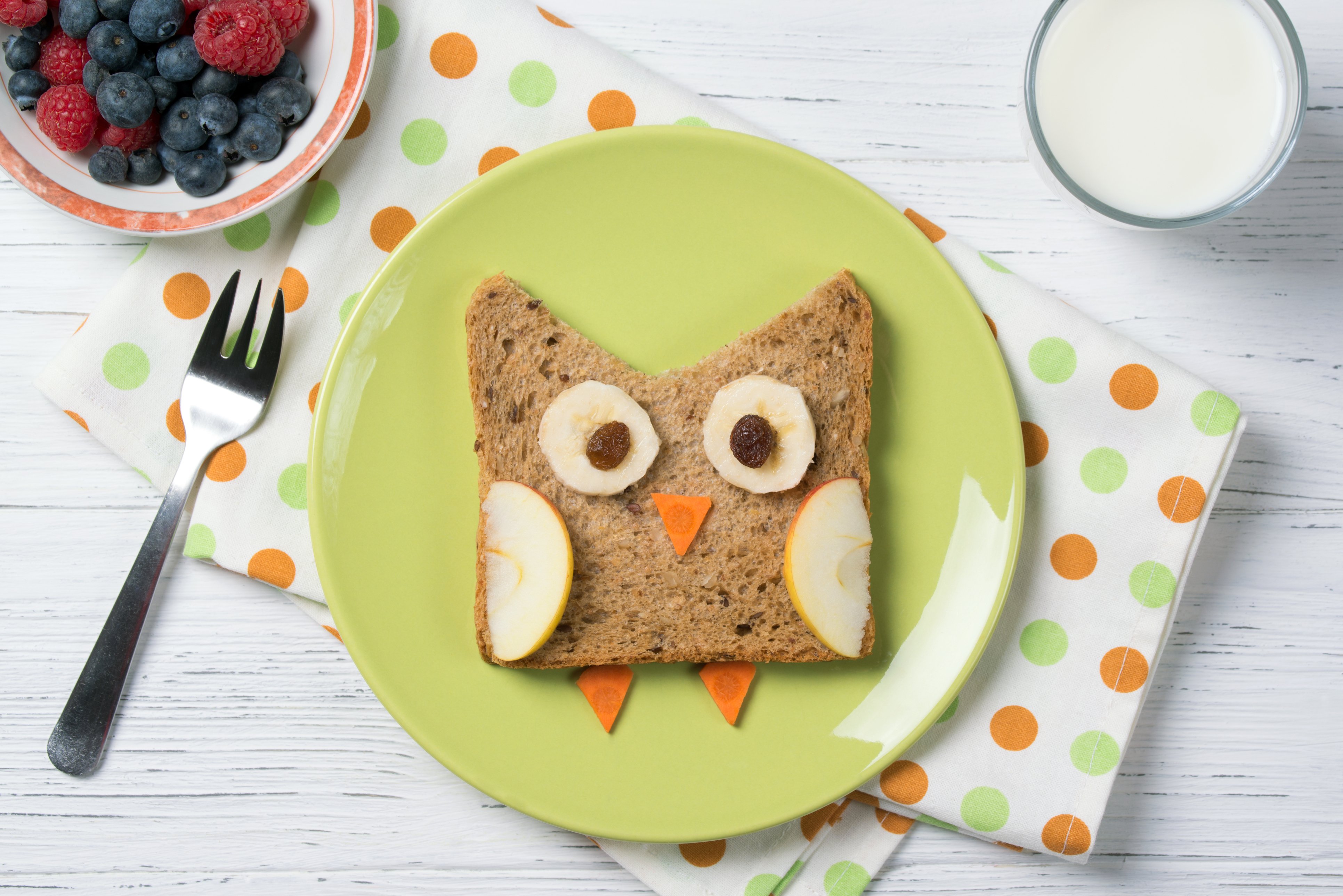What is a balanced diet?
A balanced diet is one that provides all the nutrients that your body needs to function properly. To practice eating a healthy balanced diet, focus on including vegetables and fruit, whole grains, and lean protein foods, and limit your intake of highly processed foods. Processed foods can contain excess sodium (salt), sugar and saturated fat that may displace other more nutritious foods, and they should be eaten less often. However, there is room in a healthy diet for foods that provide extra enjoyment (i.e., treats) even if they have little to no nutritional value.
In general, it is often helpful to think of eating a balanced diet over the course of a week instead of trying to aim for perfection every day.
Treats
Treats are foods that bring us joy. These often include foods that have intense flavors, like sweet or tart or salty. Some of these foods may be nutritious and some may provide very little nutritional value. A healthy perspective on a balanced diet allows for “all foods to fit”, so try not to make children feel guilty for wanting the occasional ‘less nutritious’ treat. Offer healthier treats more often.
Nutritious and tasty treats to try:
- Fresh or dried fruit (encourage your child to brush their teeth after eating dried fruit to prevent tooth decay)
- Banana or apple slices with nut butter
- Yogurt or frozen yogurt (top with fresh, frozen or dried fruit)
- Tortilla chips with salsa or guacamole
- Vegetables with hummus
- Whole grain crackers with cheese
- Trail mix with raisins, nuts and/or seeds*
- Popcorn*
- Whole grain toast with jam and/or nut butter
- Homemade (lower sugar) baked goods, like cookies, muffins or granola bars
- Frozen fruit popsicles
*These are only suitable for children aged four and older. They can be a serious choking hazard for younger children.
TRUE or FALSE? To maintain a healthy body weight, my child should avoid treats.
For more videos from SickKids experts in collaboration with Youngster, visit Youngster on YouTube.
Drinks
Fluids are essential to keeping your body working at its best, but it is important to be mindful of your choice of fluids. Some drinks can contribute a lot of additional calories from added sugar without adding much nutritional value.
Try to limit the following drinks in your family's diet:
- Fruit-flavoured sugared drinks
- Soft drinks (pop or soda)
- Sports and energy drinks
- Sweetened hot or cold drinks
To keep hydrated, water should be your beverage of choice, and you should drink it regularly. It is the best way to quench thirst. Young children and older adults are especially at risk of dehydration if they do not drink enough, so remind them to drink regularly, especially in hot weather.
Helpful ideas for snacking and drinking
- Always keep healthy snacks stocked where children can see them in your kitchen.
- Drink water frequently throughout the day with, and between, your meals. Keep water cold by storing it in the fridge. Use a portable water container for school and at work.
- Add lemon, lime, cucumber or orange wedges to tap water or sparkling water for additional variety and flavour. This is enjoyed by children and adults!
- Be a good role model for healthy eating. If you make healthy choices, your child will be encouraged to make healthy choices too.
- Snack only when hungry, and keep portions in mind. Use single serving bowls instead of large ones for treats.
- Replace processed foods with healthier homemade options made from the ingredients that you choose. Make a double or triple batch and freeze them.
- Try not to offer sugary treats to kids as a reward for good behaviour. Instead use non-food items, such as hugs, stickers or even movie nights.
- Make healthy treats fun!

